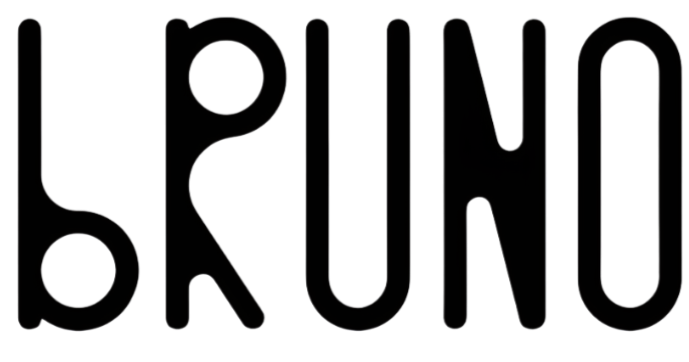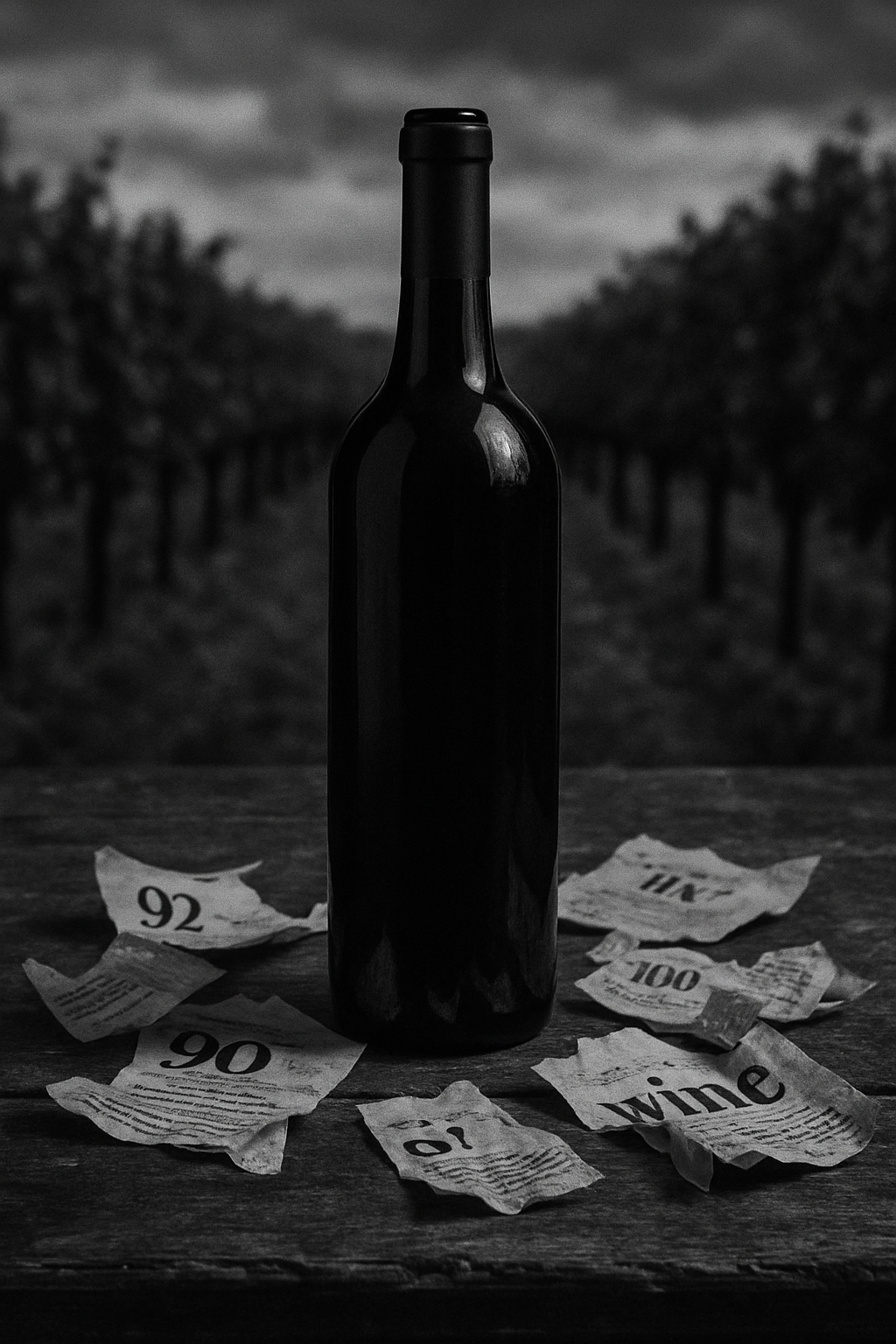An Open Letter to the Ones Who Still Care About What’s in the Bottle
You won’t find these wines at your local Costco.
Not because they’re rare (though they are). Not because they cost $500.
But because they weren’t made for that world.
They weren’t made for the kind of market that chooses wines based on volume discounts and eye-catching shelf talkers.
They were made by people who still care — about climate, clone, canopy, timing, tension, and taste. People who whisper with soil instead of shouting through brand.
That’s why we source from where we do.
We go to Eola-Amity Hills, where the volcanic soils and punishing winds shape Chardonnay into something lean and age-worthy — something you’ll never find in a grocery store aisle.
We go to the Russian River Valley, where Pinot Noir walks a tightrope between elegance and depth, ripened by fog and finished with restraint.
And we go to Alexander Valley, where Cabernet doesn’t try to be flashy — it just delivers on structure, poise, and longevity.
We don’t chase wines shaped by critic scores. In fact, we actively avoid them.
When Robert Parker became the most powerful palate in the industry, entire regions recalibrated around his taste. Ripeness, new oak, and extraction became currency.
And nuance? Left behind.
Look at what happened to Napa — flattened into a single style, one-note and overblown, chasing 100-point headlines.
But there’s more to American wine than muscle. There’s restraint. Character. Personality.
And that’s exactly what we’re after.
These regions don’t need marketing. They need attention.
And the wines they produce deserve better than a back-label story engineered by someone who’s never walked a vineyard row.
At Bruno, we don’t answer to distributors.
We don’t follow industry playbooks.
And we don’t put things in bottles just because the margins look nice on a spreadsheet.
We build our collections around what winemakers are proud of — the barrels they thought they’d keep for themselves. The lots that sommeliers ask for by name, and that Michelin-starred restaurants quietly pull before they disappear.
And sometimes, we bottle them before anyone else even knows they exist.
The First Pour is a trio of those wines.
One from each of those regions.
Unlabeled, unfiltered (in message, not in process), and unbothered by expectations.
Not because we’re trying to be different.
But because we’re trying to be honest.
Drink Different. Or Die Bored.
Cheers, Bruno.



Share:
Before the Label and the Bottle
For The People Who Actually Make the Damn Wine